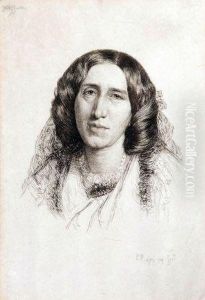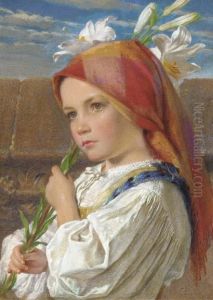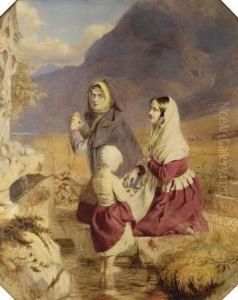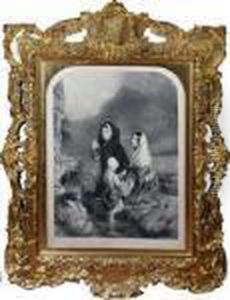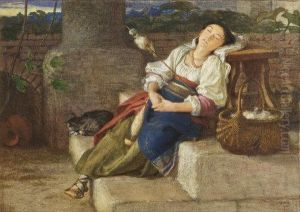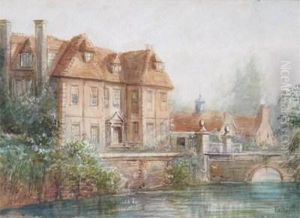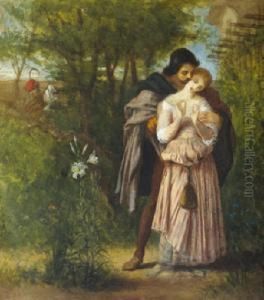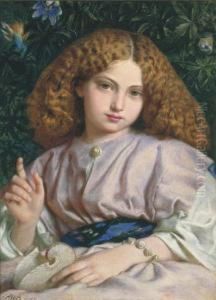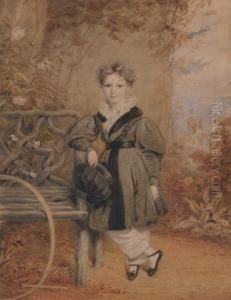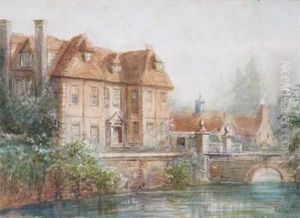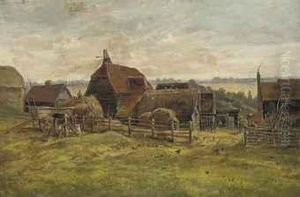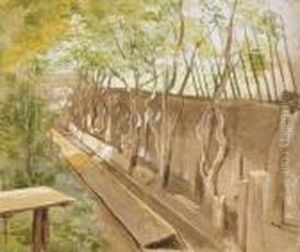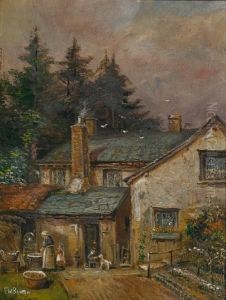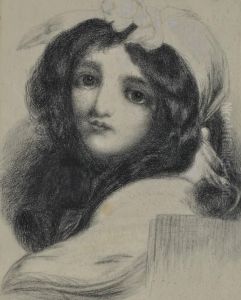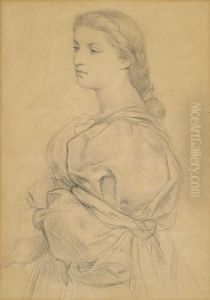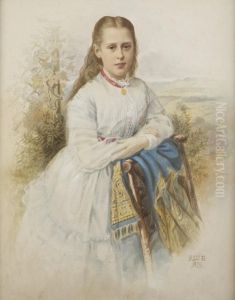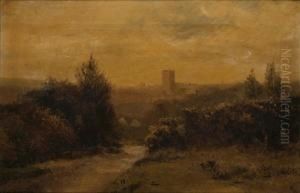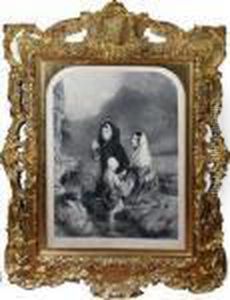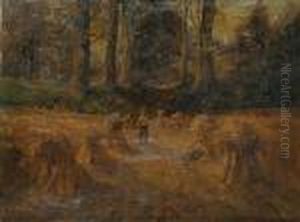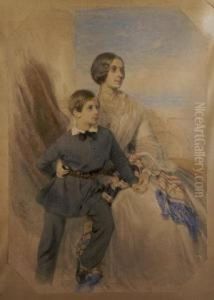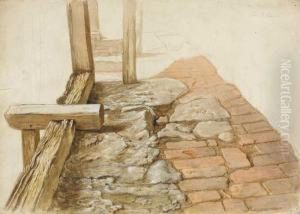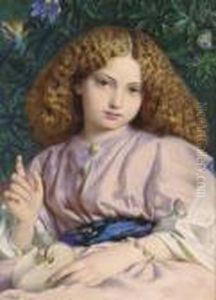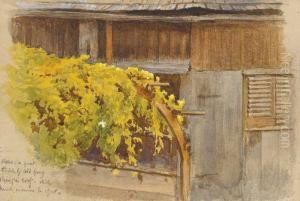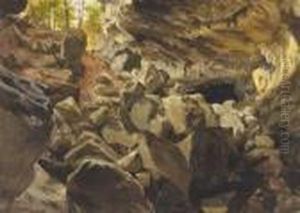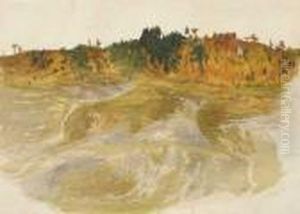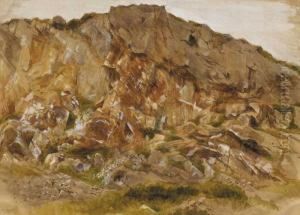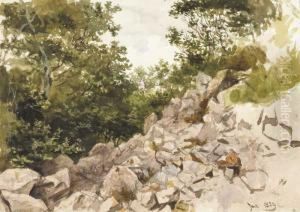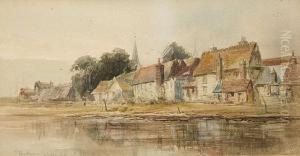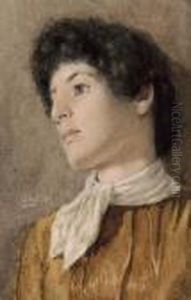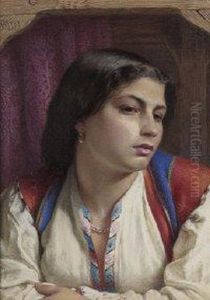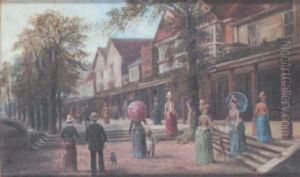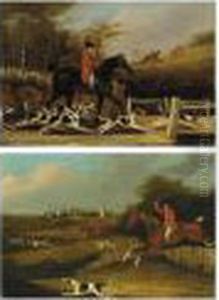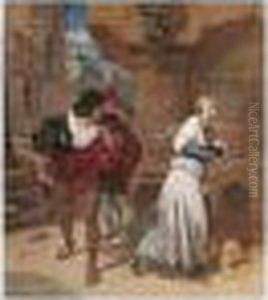Frederick William Burton Paintings
Frederick William Burton was an Irish painter born in Corofin, County Clare in Ireland on April 8, 1816. He was renowned for his watercolor portraits and was also an accomplished illustrator. Burton was the third son of Samuel Frederick Burton, an amateur painter, and began his artistic education in the Dublin Society's schools.
Burton showed an early talent for art and quickly became a celebrated painter in Ireland. His works were primarily portraits and genre scenes, but he is most famous for his painting 'The Meeting on the Turret Stairs' (1864), which was voted Ireland's favorite painting in 2012. This painting, renowned for its exquisite use of color and poignant romantic subject matter, is a representation of a tragic love story from a Danish ballad.
In 1851, Burton moved to London, where he became associated with the Pre-Raphaelite Brotherhood, an influential group of artists and writers. In London, he befriended fellow artists like Dante Gabriel Rossetti and Sir Frederic Leighton. While in London, Burton continued to produce watercolors, but he also became increasingly involved in the world of art management.
In 1874, Burton was appointed the Director of the National Gallery in London, a position he held until 1894. During his tenure, he was responsible for acquiring many important works for the gallery, including Leonardo da Vinci's 'The Virgin of the Rocks' and Hans Holbein the Younger's 'The Ambassadors'. His directorship was marked by a significant expansion of the National Gallery's collection and a focus on making the gallery more accessible to the public.
Frederick William Burton's contribution to art extends beyond his paintings; his directorship at the National Gallery had a lasting impact on the institution's development. He passed away in London on March 16, 1900, leaving behind a legacy as both a talented artist and an influential art administrator.
